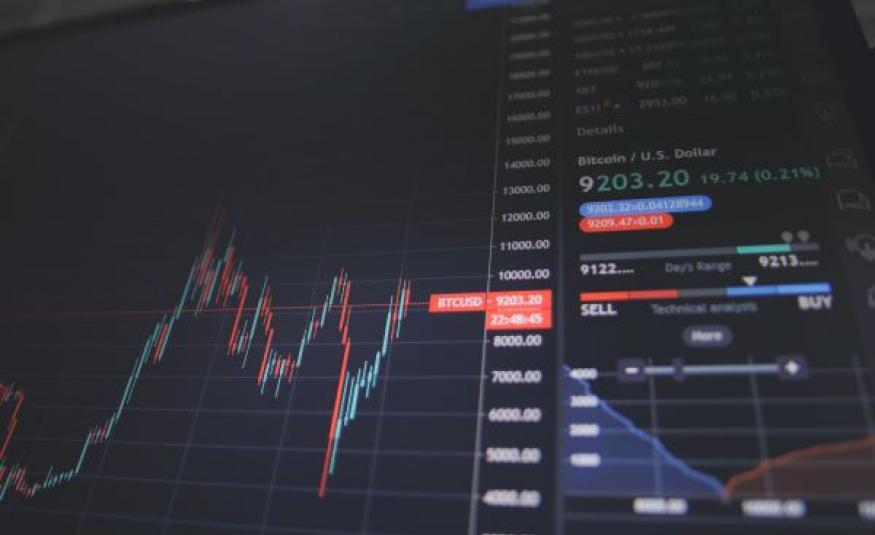Corbin Butcher, MD of Prague-based exhibition stand design and supplier, Beire, looks to the stock market for clues on the likely future of tradeshows.
As the most cold and rational market on earth, an efficient stock market represents the intersection of knowable information. Now it can give us a unique insight into what the consensus may be on exhibitions – as told by where new money is being put at risk.
Global exhibitions are an extremely fragmented US$137bn industry (source: ufi.org), with organiser revenue accounting for approximately $34bn (source: AMR). The top 10 organisers account for ~20% of the market, with Informa PLC and Reed Exhibitions the two market leaders with 6% and 5%, respectively. In such a fragmented market, these two are lead indicators because they simultaneously shape the global exhibition schedule and are publicly traded.
Over the three months to 6 May, Reed Exhibitions’ (LON:REL) share price dropped 10%, while Informa (LON:INF) dropped 41%. When we normalise for revenue mix, size, debt, and correlation to the market, we find (unsurprisingly) Covid-19 impacted both companies relatively equally, despite the different price movement. But Informa is the real story here. Despite the dramatic price drop, investors recently showed the market they unequivocally believe in a bright future for exhibitions and face-toface marketing starting in fall 2020.
On 23 April 2020, amid widespread Covid-19 lockdowns, Informa received a fresh $1.25bn in a follow-on equity offering.
Imagine: New York based investment managers allocated hundreds of millions of dollars in new money to an exhibition organiser while in lockdown. They increased the market capitalisation by 20% from their homes.
These are not ordinary investors either. The existing shareholder base is a Who’s Who of the most successful institutional investors in the world: Blackrock, Newton, Lazard, APG and Fidelity are bluechip companies that represent the economic interests of millions of people. Singapore’s sovereign wealth fund (from a country that is perhaps the most hypervigilant about communicable diseases) was the lead investor. Together they endorsed the vision that Informa laid out.
The post-Covid exhibitions industry will have enhanced bio-security measures: on-site temperature screening, omnipresent hand sanitation, and deep cleaning protocols. Stand builders will innovate around stand flow, social distancing, and sanitation measures. Entry management will be digitalised with more complex control methods. As exhibitions already return to Asia, a ‘playbook’ is developing as best practices are iterated in real time.
Near-term performance is looking promising via technical stock analysis. In the two weeks after the Informa equity issuance, the 50-day stock price moving average has narrowed 54% vs. the 20-day. This implies an investor support base has offset downward price pressure from initial Covid impacts. Reed Exhibitions recently saw its 20-day moving average exceed the 50-day meaning the stock has near-term momentum to the upside.
Beyond market moves, far more important is the market’s endorsement of the exhibition mission. Tradeshows generate international professional communities that accelerate networking, learning and trading. Pent-up demand in the form of forward bookings and exhibitor flexibility in rescheduling points to an investable truth: the power and value of face-to-face interaction at scale is an essential part of the modern global economy. It is a truth the investors bet on even during the depths of the Covid-19 pandemic.
While investing is by definition the assumption of risk, history tends to show volatile markets offer the best opportunities. Exhibition industry professionals have always thought teleconferences would never replace the rush of walking the show floor, marvelling at the latest stands, looking people in the eye, and living the experience of trade that underpins modern life. Now they are joined with global investors that just gave them 1.25 billion new reasons to agree.





